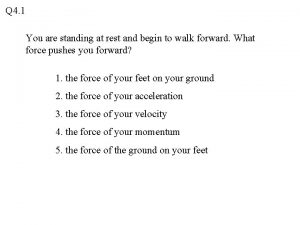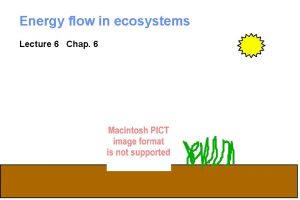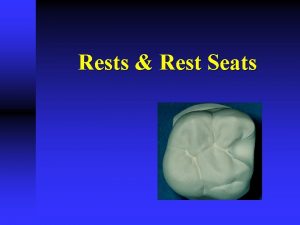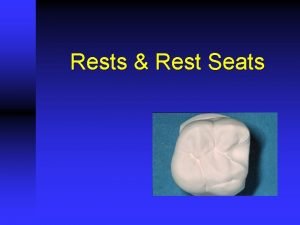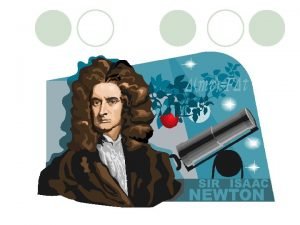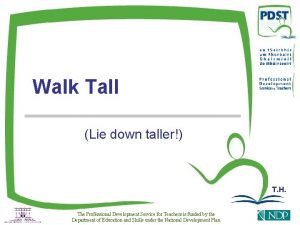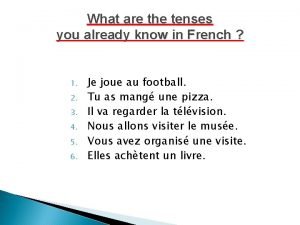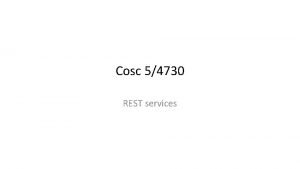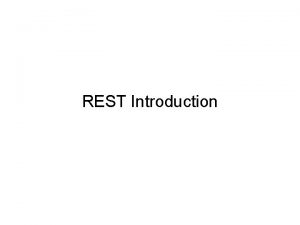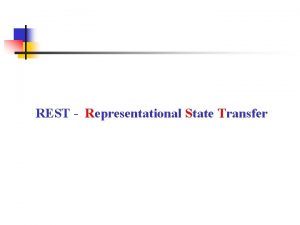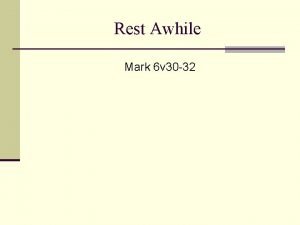Q 4 1 You are standing at rest
















- Slides: 16

Q 4. 1 You are standing at rest and begin to walk forward. What force pushes you forward? 1. the force of your feet on your ground 2. the force of your acceleration 3. the force of your velocity 4. the force of your momentum 5. the force of the ground on your feet

A 4. 1 You are standing at rest and begin to walk forward. What force pushes you forward? 1. the force of your feet on your ground 2. the force of your acceleration 3. the force of your velocity 4. the force of your momentum 5. the force of the ground on your feet

Q 4. 2 An apple sits at rest on a horizontal table top. The gravitational force on the apple (its weight) is one half of an actionreaction pair. What force is the other half? 1. the force of the Earth’s gravity on the apple 2. the upward force that the table top exerts on the apple 3. the upward force that the apple exerts on the Earth 4. the downward force that the apple exerts on the table top 5. the frictional force between the apple and the table top

A 4. 2 An apple sits at rest on a horizontal table top. The gravitational force on the apple (its weight) is one half of an actionreaction pair. What force is the other half? 1. the force of the Earth’s gravity on the apple 2. the upward force that the table top exerts on the apple 3. the upward force that the apple exerts on the Earth 4. the downward force that the apple exerts on the table top 5. the frictional force between the apple and the table top

Q 4. 3 An apple sits at rest on a horizontal table top. The weight of the apple is equal to the magnitude of the upward force that the table top exerts on the apple. Why? 1. this is a consequence of Newton’s first law 2. this is a consequence of Newton’s third law 3. because we assume that the table top is perfectly rigid 4. two of the above three statements are correct 5. all of the first three statements are correct

A 4. 3 An apple sits at rest on a horizontal table top. The weight of the apple is equal to the magnitude of the upward force that the table top exerts on the apple. Why? 1. this is a consequence of Newton’s first law 2. this is a consequence of Newton’s third law 3. because we assume that the table top is perfectly rigid 4. two of the above three statements are correct 5. all of the first three statements are correct

Q 4. 4 A woman pulls on a 6. 00 -kg crate, which in turn is connected to a 4. 00 -kg crate by a light rope. The light rope remains taut. Compared to the 6. 00–kg crate, the lighter 4. 00 -kg crate 1. is subjected to the same net force and has the same acceleration 2. is subjected to a smaller net force and has the same acceleration 3. is subjected to the same net force and has a smaller acceleration 4. is subjected to a smaller net force and has a smaller acceleration 5. none of the above

A 4. 4 A woman pulls on a 6. 00 -kg crate, which in turn is connected to a 4. 00 -kg crate by a light rope. The light rope remains taut. Compared to the 6. 00–kg crate, the lighter 4. 00 -kg crate 1. is subjected to the same net force and has the same acceleration 2. is subjected to a smaller net force and has the same acceleration 3. is subjected to the same net force and has a smaller acceleration 4. is subjected to a smaller net force and has a smaller acceleration 5. none of the above

Q 4. 5 You are pushing a 1. 00 -kg food tray through the cafeteria line with a constant 9. 0 -N force. As the tray moves, it pushes on a 0. 50 -kg milk carton. If the food tray and milk carton move at constant speed, 1. the tray exerts more force on the milk carton than the milk carton exerts on the tray 2. the tray exerts less force on the milk carton than the milk carton exerts on the tray 3. the tray exerts as much force on the milk carton as the milk carton exerts on the tray

A 4. 5 You are pushing a 1. 00 -kg food tray through the cafeteria line with a constant 9. 0 -N force. As the tray moves, it pushes on a 0. 50 -kg milk carton. If the food tray and milk carton move at constant speed, 1. the tray exerts more force on the milk carton than the milk carton exerts on the tray 2. the tray exerts less force on the milk carton than the milk carton exerts on the tray 3. the tray exerts as much force on the milk carton as the milk carton exerts on the tray

Q 4. 6 You are pushing a 1. 00 -kg food tray through the cafeteria line with a constant 9. 0 -N force. As the tray moves, it pushes on a 0. 50 -kg milk carton. If the food tray and milk carton are accelerating to the left, 1. the tray exerts more force on the milk carton than the milk carton exerts on the tray 2. the tray exerts less force on the milk carton than the milk carton exerts on the tray 3. the tray exerts as much force on the milk carton as the milk carton exerts on the tray

A 4. 6 You are pushing a 1. 00 -kg food tray through the cafeteria line with a constant 9. 0 -N force. As the tray moves, it pushes on a 0. 50 -kg milk carton. If the food tray and milk carton are accelerating to the left, 1. the tray exerts more force on the milk carton than the milk carton exerts on the tray 2. the tray exerts less force on the milk carton than the milk carton exerts on the tray 3. the tray exerts as much force on the milk carton as the milk carton exerts on the tray

Q 4. 7 Two crates, A and B, sit at rest sideby-side on a frictionless horizontal surface. You apply a horizontal force to crate A as shown. Which statement is correct? 1. the acceleration has a greater magnitude than if B were in the back and A were in the front 2. the acceleration has a smaller magnitude than if B were in the back and A were in the front 3. the crates will not move if the force magnitude F is less than the combined weight of the two crates 4. two of the above three statements are correct 5. none of the first three statements is correct

A 4. 7 Two crates, A and B, sit at rest sideby-side on a frictionless horizontal surface. You apply a horizontal force to crate A as shown. Which statement is correct? 1. the acceleration has a greater magnitude than if B were in the back and A were in the front 2. the acceleration has a smaller magnitude than if B were in the back and A were in the front 3. the crates will not move if the force magnitude F is less than the combined weight of the two crates 4. two of the above three statements are correct 5. none of the first three statements is correct

Q 4. 8 A horse is hitched to a wagon. Which statement is correct? 1. the force the horse exerts on the wagon is greater than the force that the wagon exerts on the horse 2. the force the horse exerts on the wagon is less than the force that the wagon exerts on the horse 3. the force the horse exerts on the wagon is just as strong as the force that the wagon exerts on the horse 4. the answer depends on the velocity of horse and wagon 5. the answer depends on the acceleration of horse and wagon

A 4. 8 A horse is hitched to a wagon. Which statement is correct? 1. the force the horse exerts on the wagon is greater than the force that the wagon exerts on the horse 2. the force the horse exerts on the wagon is less than the force that the wagon exerts on the horse 3. the force the horse exerts on the wagon is just as strong as the force that the wagon exerts on the horse 4. the answer depends on the velocity of horse and wagon 5. the answer depends on the acceleration of horse and wagon
 Antigentest åre
Antigentest åre You are standing at rest and begin to walk forward
You are standing at rest and begin to walk forward Difference between standing crop and standing state
Difference between standing crop and standing state Rest seat on canine
Rest seat on canine Indirect retainer in class 1
Indirect retainer in class 1 Ghost cries purgatorium
Ghost cries purgatorium Occlusal rest
Occlusal rest Object at rest stays at rest
Object at rest stays at rest Are you taller lying down
Are you taller lying down We will not be shaken we will not be moved
We will not be shaken we will not be moved You already know the rest
You already know the rest You say that you love rain
You say that you love rain You are what you eat do you agree or disagree
You are what you eat do you agree or disagree If you think you can you can poem
If you think you can you can poem Tell me what you eat and i shall tell you what you are
Tell me what you eat and i shall tell you what you are I follow you wherever you go
I follow you wherever you go Standing position reference
Standing position reference

